Chris Dodkin
West Coast Correspondent
With miraculous timing, the latest Fuji XF 27mm Lens turned up on my doorstep, at the same time as visiting family from Blighty.
So it got attached to the X-Pro1 immediately, and got almost exclusive use during a two week blast around California's theme parks and zoos.

The lens is very distinctive, and is quite a departure for the X series, in that it's a compact pancake model, with no lens-mounted aperture ring, and no lens hood.
This completely changes the look and feel of the camera - making it a very pocketable system, with a very low visual impact (excellent for street work).

The lack of hood was a concern at first - but Fuji made great claims for the new lens coating, which have been born-out in use - the lack of hood is a non-issue as far as flare is concerned.
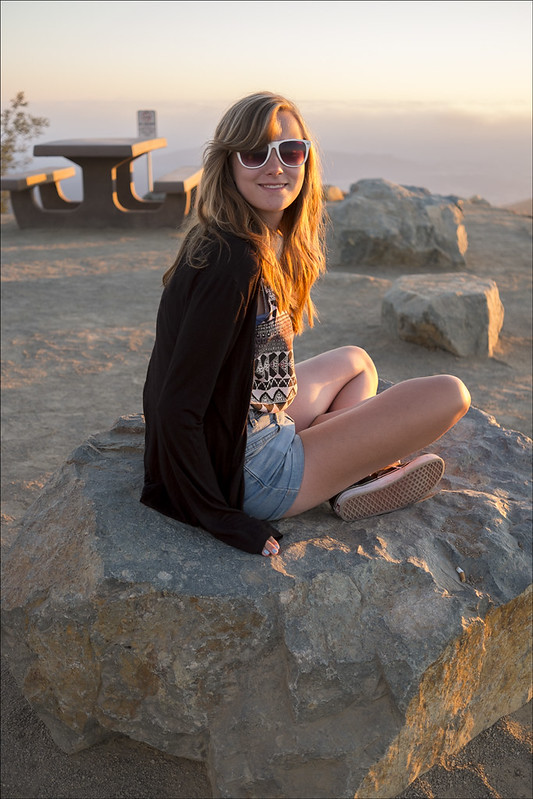
The lack of aperture ring was odd at first - it was a key feature of the X system, and indeed the pre-production lens I saw at CES had an aperture ring on it.

In practice, I quickly adapted to using the aperture 'dial' on the back of the camera - and although it's a change, it is a complete non-issue in daily use.
You get a relatively fast f/2.8 wide open - which provides nice DOF and BOKEH effects, especially when focusing on near-field subjects.

When stopped down to f/8 (my usual default setting) the lens is good to very good for resolution/sharpness - not as good as the Fuji 35mm Lens (Which is exceptional), but as good or better than the Fuji 18mm Lens.

It has less CA than the 18mm - which makes for an initial improvement in perceived sharpness, right out of the camera.
Even when shooting at wider apertures, the detail is very well maintained, and the look of the final image is excellent. Here at f/3.2 for a full length portrait:

At f/2.8 - you can get sharp focus on the subject - especially if you adjust the AF box down one size to ensure the AF is on the intended target - and the bokeh is good.


f/2.8 also allows for some fast shutter speeds and/or good low light performance when required.



Having such a low profile as a lens really helps the camera 'blend in' - and whether you're taking photos of the grandkids, or shooting street from the hip, no one is really going to notice the camera and lens in this configuration.
This leads to nice informal family portraits


and the ability to shoot quickly and quietly in a more covert mode

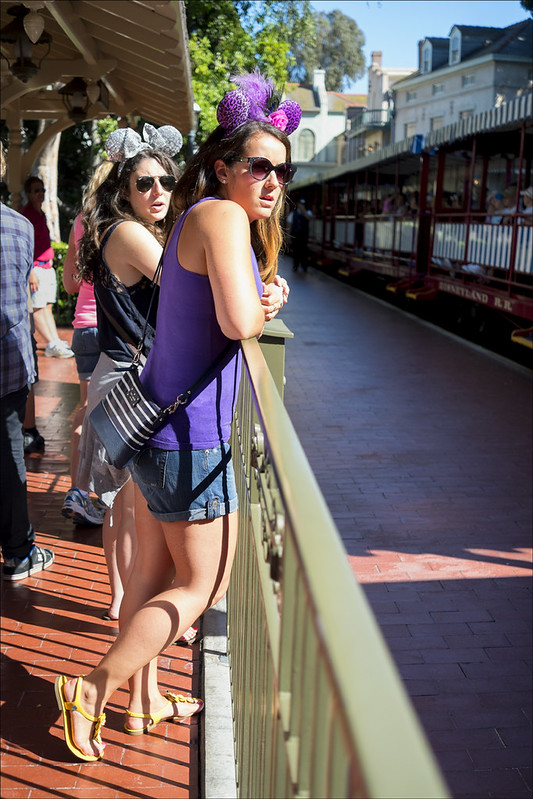
The AF is snappy, and grabs the focus even when you can't break-stride walking past a street subject.
It can grab action as well as any DSLR given the focal length

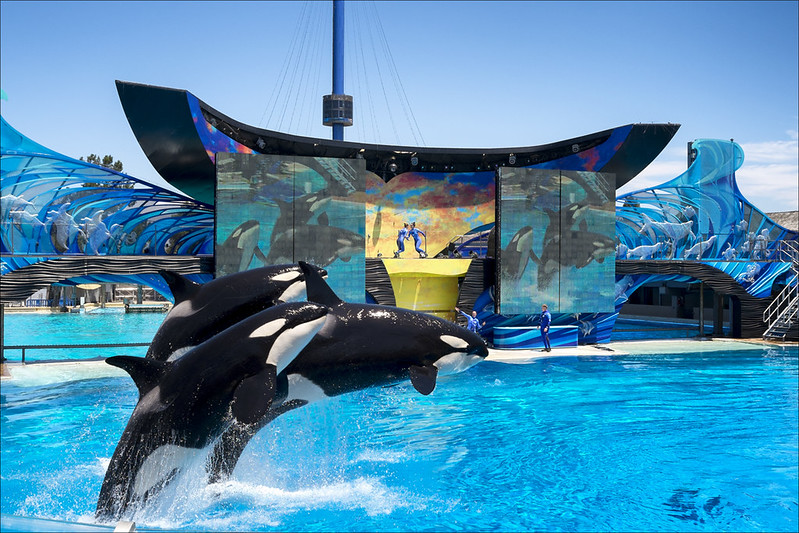
The focal length provides natural looking portraits, very much as your eye would see them, so is useful for individual and group shots.


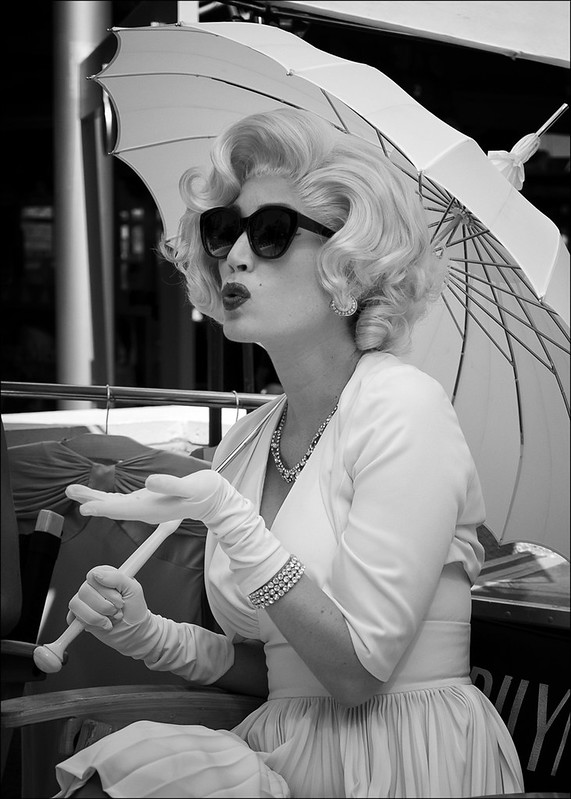
For more 'serious' shooting - where you might be looking to use the lens for architectural or landscape work, it doesn't disappoint



although for pure IQ the 35mm is still top of the heap in the Fuji lens series.
The only 'limitation' I came up against was shooting buildings, and specifically interiors - and that was really just the focal length not getting enough in to the frame when in a tighter interior space.
Exteriors were, as expected, no problem - with low/no image distortion and plenty of sharpness.
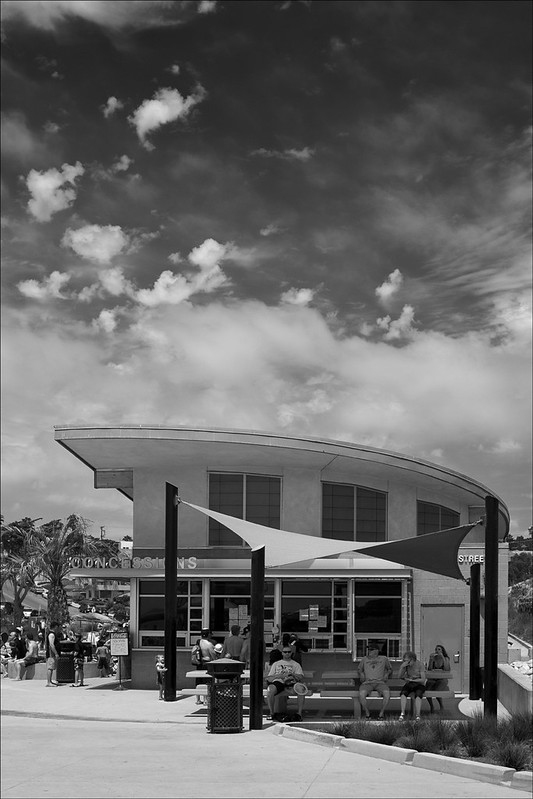
I've taken about a thousand frames with the new lens so far, and I'd say it took 3 or 4 days to really get my mind around using the new focal length. This is always a challenge with new glass, and that visualization process only comes with trial and error, and lots of practice.
It does remind me of shooting with the X100, which I also enjoy greatly, and the 27mm does turn an interchangeable lens camera into a very very nice compact shooter.
In the end, I think the characteristics of a pancake lens are what makes it worth the investment - it harkens back to cameras like the Olympus Trip, and the Rollei 35, which were hugely successful with good fixed lenses around this focal length.

The 27mm pancake changed the way I zoomed, using more foot power, and they way I did my compositions - it also changed the reactions of my subjects in a positive way, and allowed me to really enjoy carrying just the one lens with me on a busy day around a theme park.
So it could be the ultimate in minimalism - and as a kit lens on say the new XM-1 it would certainly be a skinny, light-weight, super snapper.
I'll be keeping mine - even if I get the faster 23mm f/1.4 R later this year - it's a unique offering, and well worth the money - IMHO.
So it got attached to the X-Pro1 immediately, and got almost exclusive use during a two week blast around California's theme parks and zoos.

The lens is very distinctive, and is quite a departure for the X series, in that it's a compact pancake model, with no lens-mounted aperture ring, and no lens hood.
This completely changes the look and feel of the camera - making it a very pocketable system, with a very low visual impact (excellent for street work).

The lack of hood was a concern at first - but Fuji made great claims for the new lens coating, which have been born-out in use - the lack of hood is a non-issue as far as flare is concerned.

The lack of aperture ring was odd at first - it was a key feature of the X system, and indeed the pre-production lens I saw at CES had an aperture ring on it.

In practice, I quickly adapted to using the aperture 'dial' on the back of the camera - and although it's a change, it is a complete non-issue in daily use.
You get a relatively fast f/2.8 wide open - which provides nice DOF and BOKEH effects, especially when focusing on near-field subjects.

When stopped down to f/8 (my usual default setting) the lens is good to very good for resolution/sharpness - not as good as the Fuji 35mm Lens (Which is exceptional), but as good or better than the Fuji 18mm Lens.

It has less CA than the 18mm - which makes for an initial improvement in perceived sharpness, right out of the camera.
Even when shooting at wider apertures, the detail is very well maintained, and the look of the final image is excellent. Here at f/3.2 for a full length portrait:

At f/2.8 - you can get sharp focus on the subject - especially if you adjust the AF box down one size to ensure the AF is on the intended target - and the bokeh is good.


f/2.8 also allows for some fast shutter speeds and/or good low light performance when required.



Having such a low profile as a lens really helps the camera 'blend in' - and whether you're taking photos of the grandkids, or shooting street from the hip, no one is really going to notice the camera and lens in this configuration.
This leads to nice informal family portraits


and the ability to shoot quickly and quietly in a more covert mode


The AF is snappy, and grabs the focus even when you can't break-stride walking past a street subject.
It can grab action as well as any DSLR given the focal length


The focal length provides natural looking portraits, very much as your eye would see them, so is useful for individual and group shots.



For more 'serious' shooting - where you might be looking to use the lens for architectural or landscape work, it doesn't disappoint



although for pure IQ the 35mm is still top of the heap in the Fuji lens series.
The only 'limitation' I came up against was shooting buildings, and specifically interiors - and that was really just the focal length not getting enough in to the frame when in a tighter interior space.
Exteriors were, as expected, no problem - with low/no image distortion and plenty of sharpness.

I've taken about a thousand frames with the new lens so far, and I'd say it took 3 or 4 days to really get my mind around using the new focal length. This is always a challenge with new glass, and that visualization process only comes with trial and error, and lots of practice.
It does remind me of shooting with the X100, which I also enjoy greatly, and the 27mm does turn an interchangeable lens camera into a very very nice compact shooter.
In the end, I think the characteristics of a pancake lens are what makes it worth the investment - it harkens back to cameras like the Olympus Trip, and the Rollei 35, which were hugely successful with good fixed lenses around this focal length.

The 27mm pancake changed the way I zoomed, using more foot power, and they way I did my compositions - it also changed the reactions of my subjects in a positive way, and allowed me to really enjoy carrying just the one lens with me on a busy day around a theme park.
So it could be the ultimate in minimalism - and as a kit lens on say the new XM-1 it would certainly be a skinny, light-weight, super snapper.
I'll be keeping mine - even if I get the faster 23mm f/1.4 R later this year - it's a unique offering, and well worth the money - IMHO.
Last edited:
